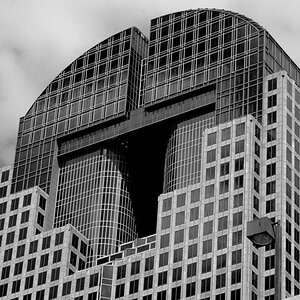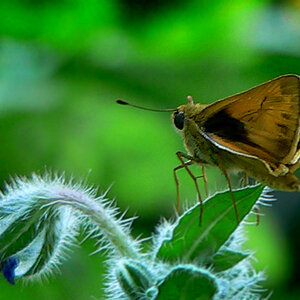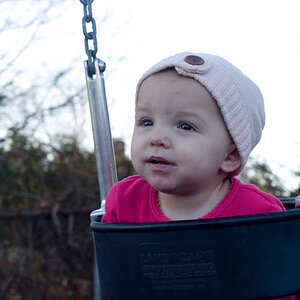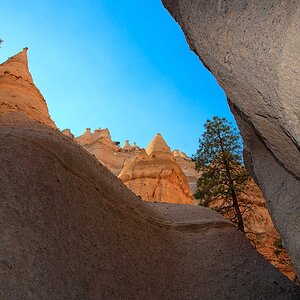Grimgard
TPF Noob!
- Joined
- May 13, 2010
- Messages
- 15
- Reaction score
- 0
- Location
- Bay Area, California
- Can others edit my Photos
- Photos NOT OK to edit
For sports shooting in daylight with a "modern" d-slr, you need to start with an ISO value of around 500,640,or 800 when using consumer lenses like the 55-200 or 70-300. Your widest aperture at the longer zoom settings is only a moderate f/5.6....so using ISO 100 will hamper your ability to freeze really fast motion. In the late afternoon, if the sun is low in the sky, or is blocked by clouds, or goes down behind distant hillsides, the light level is simply going to be way too low to use anything but ISO settings in the 800,1000,1250,or 1600 range.
In daylight, under a lot of conditions, using high ISO values will not ruin your photos...in bright,even lighting, with a good exposure, high ISO values will not lead to excessive noise. Daylight and high ISO settings are vastly different than low-light or night-time or reduced-spectrum, artificial light situations where you need to use high ISO settings, and the dark areas of the scene noise-up or develop banding to a terrible extent. So, don't be afraid to jack up the ISO to really help your picture taking of your daughter's softball games.
Sir you are a saviour ! Thank you for putting it in simpler terms for me to understand. I had a feeling it was my ISO being so low that is was interfearing with my exposure. I read somewhere that it is optimal to have as low as an ISO as you can, and as you put it my lense is limited by f5.6
Thank you and much appreciated!
Thank you!i'll pm you some good info and links. :thumbup:


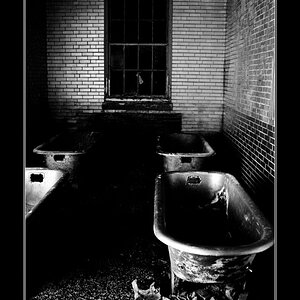
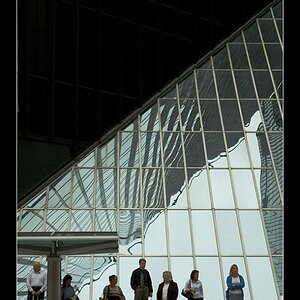
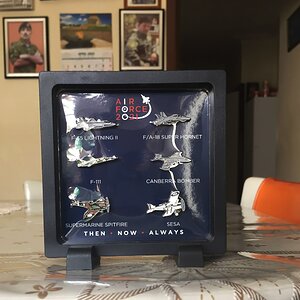
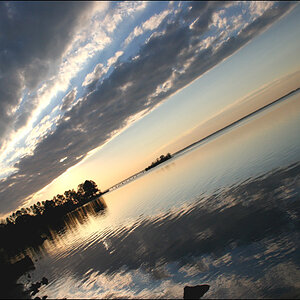
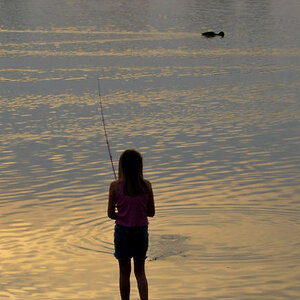


![[No title]](/data/xfmg/thumbnail/30/30890-45d8875af0c79f0f727d7d55132972b0.jpg?1619734501)
